Hayao Miyazaki’s newest film, The Boy and the Heron, made its U.S. premiere as a part of the Animation Is Film Festival 2023 lineup in Los Angeles on October 18, to the great happiness of many fans. The film shown during the acclaimed festival was in Japanese with English subtitles. Like everyone else, when I heard that Miyazaki was returning from his retirement with a new movie, I was excited and was waiting in anticipation for the film to come out, so when the opportunity presented itself, I was more than happy to take it. I didn’t know what to expect from Miyazaki’s so-called last film, so I went in with curiosity, questioning if he still had the spark that made him one of the greatest filmmakers of our time, and most importantly an expectation of seeing a film that only he can make. And after seeing it, I can say that my expectations were met and that The Boy and The Heron is truly a Miyazaki film.
The Boy and the Heron was inspired by a novel that Miyazaki loves, Genzaburo Yoshino’s How Do You Live? (Kimitachi wa Do Ikiruka). Although licensed as The Boy and The Heron in English, the movie shares the original Japanese title with the book. The plots differ but seemingly have the same underlying themes. Since we’re focusing on the movie, that’s what we will talk about here.
The Boy and the Heron – First Impressions
The plot follows a young boy named Mahito, who yearns for his mother, so much so that he ventures into a world that is shared by the living and the dead. There, death comes to an end and life finds new beginnings. One day, he meets a Grey Heron, who reveals himself as a shapeshifter who is part bird and part man and who cunningly juggles lies and truth. He is Mahito’s guide in the new world. The boy makes new friends, sees mysterious creatures, and even meets the Granduncle, who became the world’s creator. But, why has Mahito been led to this world? What does the Granduncle want with Mahito? From the mind of Hayao Miyazaki, The Boy and The Heron is a semi-autobiographical fantasy about life, death, and creation in tribute to friendship.
As a Studio Ghibli and Miyazaki fan, I enjoyed whatever the movie showed me. It wasn’t until the end of the movie and when I talked to someone who also has seen it, that I noticed how different the storytelling was in The Boy and The Heron compared to other movies that Miyazaki directed, mainly when it comes to characters and how they play into the overall story.
It’s incredible that even the tiniest things and the seemingly unimportant characters all had an important role to play in one way or another. Watching the story unfolding through their connection to Mahito and seeing them influence the plot in the slightest ways was truly rewarding. This is one of those movies that you have to watch in full to be able to understand. When you combine this with the stunning Ghibli and Miyazaki-esque animation you get a truly unique experience, different from any that Miyazaki’s previous films had.
How Does It Stand Out?
Unlike other Miyazaki movies, which slowly draw its audience into their world, The Boy and The Heron immediately takes us to its world, Mahito, and the night that heavily affects him throughout the movie. The story begins with a fire and a panicked Mahito, ignoring everyone and focusing on saving his mother. When I saw the opening scene, I was reminded of the iconic Ghibli movie: The Grave of The Fireflies, directed by Isao Takahata. Although The Boy and the Heron is not nearly as dark and tragic, the seriousness of this situation carries a similar atmosphere. We have two teenage boys, trying to save those who mean the world to them, but it becomes obvious that they are powerless against a higher force. Except, this is just a prologue for The Boy and the Heron as the actual story begins three years later.
Three years later, Mahito and his father move to the countryside and his father remarries. The loss heavily affects Mahito and he misses his mother every day. He doesn’t talk much and most of the dialogue is spoken by other characters, such as his father, stepmother, and even the old grannies living with them in the mansion. Here, instead of the main character, the animation and visuals do the speaking. The animations and visuals were not only stunning but also the techniques used were so precise and meticulous. One unique aspect of every Miyazaki film is how thorough he is in every small action the characters do. This precise attention to detail shines through splendidly through Mahito, and I was able to understand and feel Mahito’s feelings perfectly.
It isn’t until after he meets the Grey Heron that Mahito starts to change and we can slowly see that change when he ventures into the other, more magical world. It was through this fantasy world that a lot of the themes and messages that Miyazaki was trying to convey in his movie were the most prominent. The first half definitely feels more gloomy: it deals with the loss of a loved one and the fallout with all the negative emotions that follow. However, the second half, which begins with this new world, symbolizes moving on, new beginnings, acceptance, and accepting life for what it is and in Mahito’s case, just trying to live.
The turning point in the movie, however, is the highlight of Mahito’s relationship with his stepmother, Natsuko. He is initially closed off and acts coldly to her, thus putting quite a bit of distance between them. However, in the end, he decides to save her – something that he couldn’t do for his own mother. By saving his step-mother, we not were able to see Natsuko’s true feelings for Mahito, but we are also able to see the result of Mahito’s growth from his journey through this other world – one that helps him make a final decision and his thoughts at the very end of the movie. When I have talked to others who have seen the movie though, I realized that the highlight of his relationship with his stepmother can be left open to interpretation, but we all can agree that his relationship with Natusko is meaningful and plays an important part in Mahito’s self-journey.
And it wouldn’t be a Ghibli movie without a cute creature that helps carry the plot. In this case, it was small white creatures called the WaraWara. These creatures may be cute, but they embody the souls of humans. Once these WaraWara have eaten their fill they can fly up to the sky with hope that these human souls can be born in the living. This is one of my favorite scenes in the movie for many reasons: their symbolism, the beautiful animation especially when they flew up the sky, and because they give off the Spirited Away vibe. Since the title of the film is The Boy and The Heron, I expected the titular Heron to have more screen time but as it turns out, he serves as a guide and somewhat of a comedic relief. However, his presence definitely symbolizes the nature that is present in so many of Miyazaki’s works.
Voice Acting
One thing I have to mention is the voice acting in the movie. It feels like the cast really brought the story and visuals together, and most of them felt like natural choices for the characters. Masaki Suda outdid himself as the Grey Heron, showing such vocal maturity and bringing a character so much older to life. I’m curious to see how the English dub will turn out, as it features some truly iconic Hollywood names. It’s not unusual for Ghibli’s English releases to get A-listers but waiting to see how the dub turns out brings excitement.
The Boy and the Heron – Overall
Overall, the animation and the visuals for The Boy and The Heron were beautiful, just as I expected in a film directed by Miyazaki. The big screen definitely added to the magic as you could fully immerse yourself. The movie has a familiar feel to the Ghibli classics, even though the story can be categorized on its own. I appreciated the comedic moments and watching Mahito grow and accept himself and his surroundings felt rewarding. While its great for a family-friendly movie, most of the mature themes and messages that Miyazaki is conveying might not be understandable for young children.
Through Mahito’s journey, from his negativity towards life after losing his mother to learning about life and death to his eventual acceptance of life, we could see the overall themes that Miyazaki wanted to convey: life, death, and new beginnings. Certain moments from Miyazaki’s childhood were included in the story and animated to get the message better across. While not clear which ones, it’s kind of easy to see a little bit of the iconic director’s life sprinkled in Mahito, along with references to his career,
Who knows, maybe one day he will reveal these details. Until then, I recommend you watch The Boy and the Heron if you get a chance. At this point, every new release from Ghibli will be considered an instant classic but there is something to be said about the characters here, and as I said above, watching everyone, and especially Mahito grow is truly rewarding.
The movie will be released worldwide in the coming months: in France on November 1 and in the US on December 8.
Images via GKIDS; Animation Is Film Festival 2023
©2023 Studio Ghibli; ©2015-2023 GKIDS, Inc.; ©2016-2023 Animation Is Film
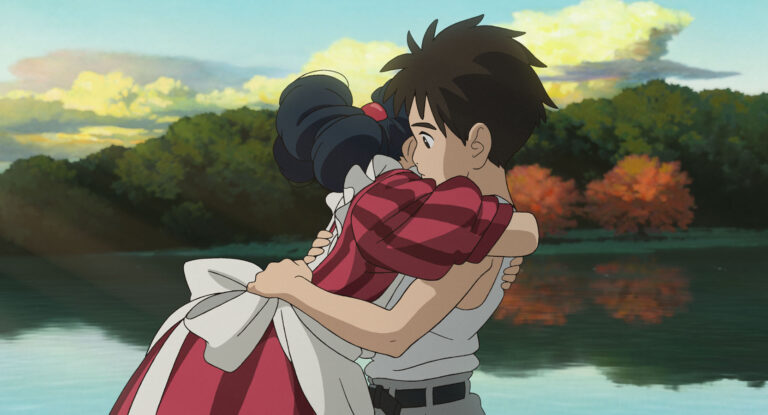
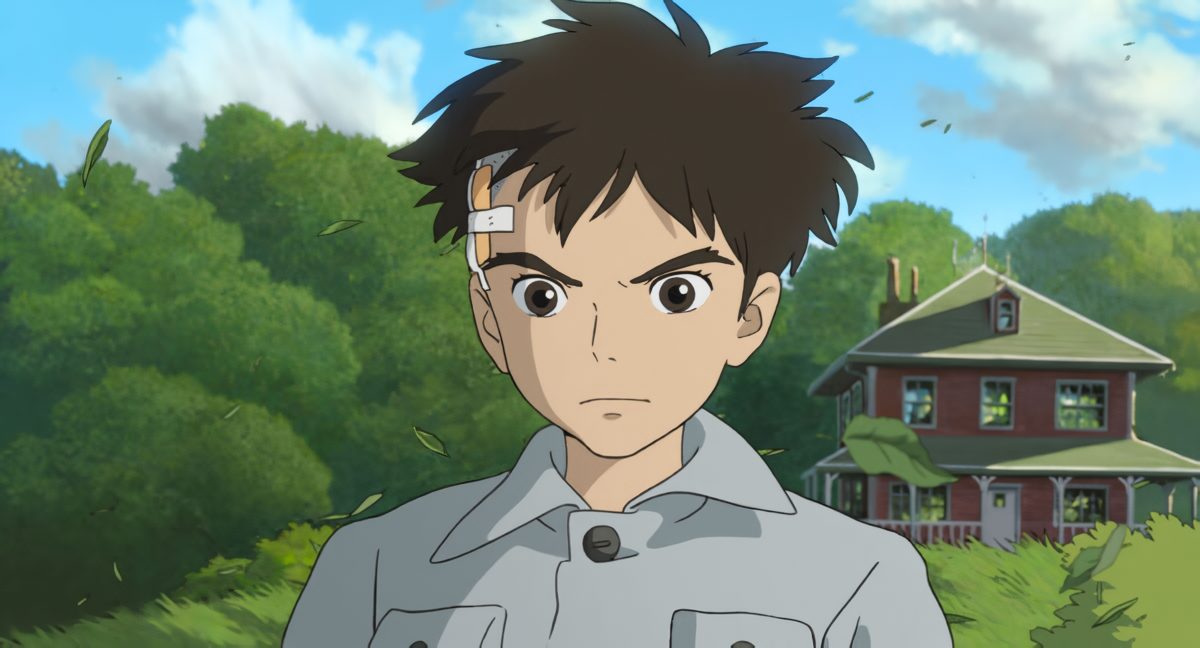
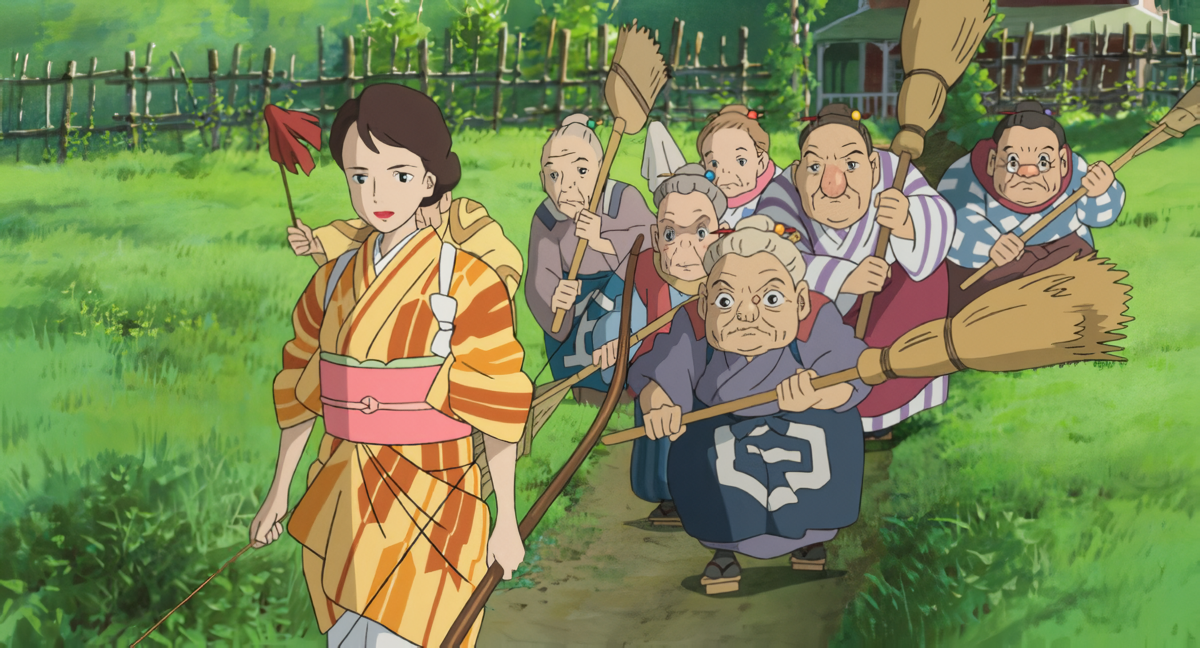
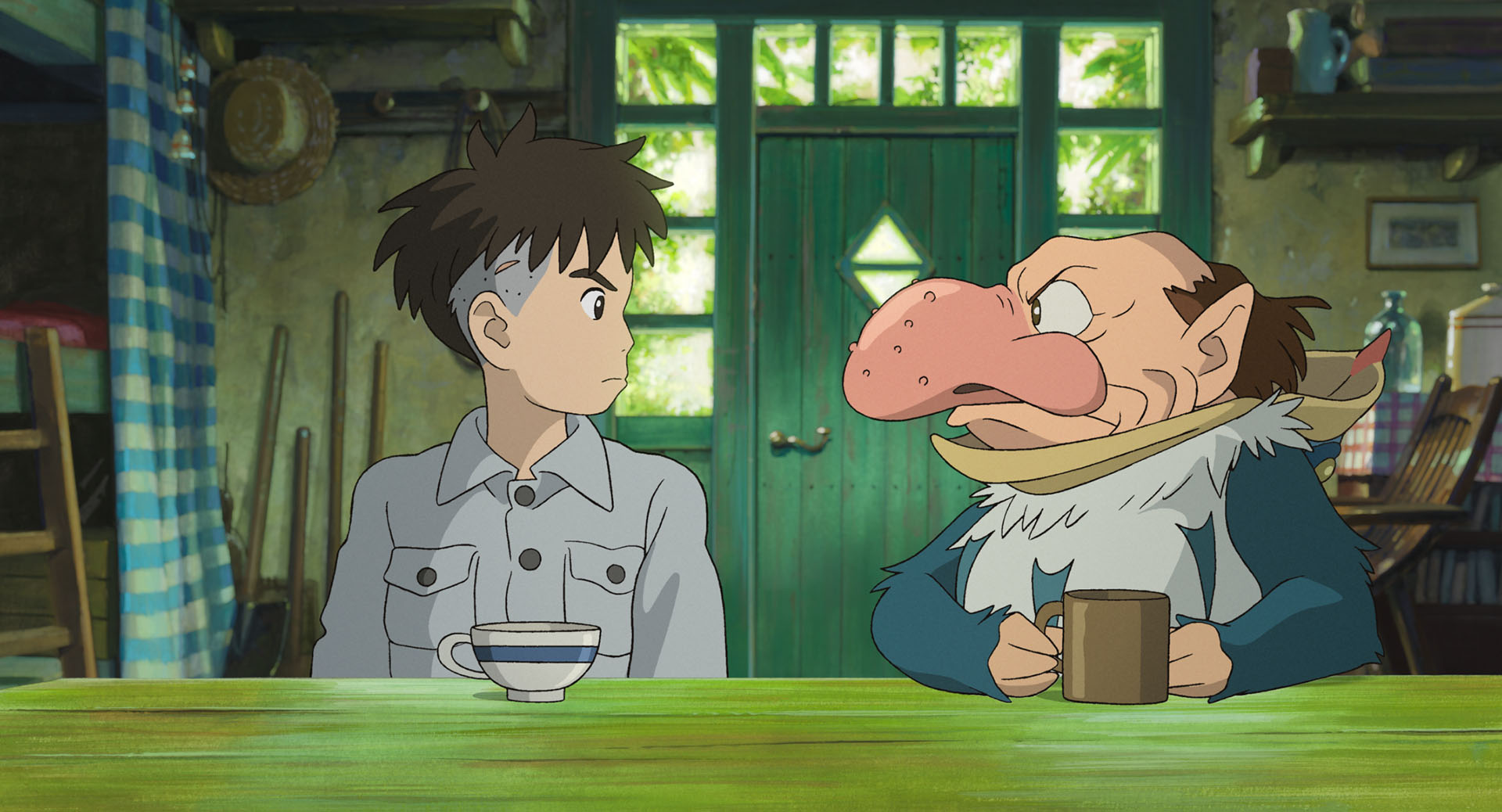
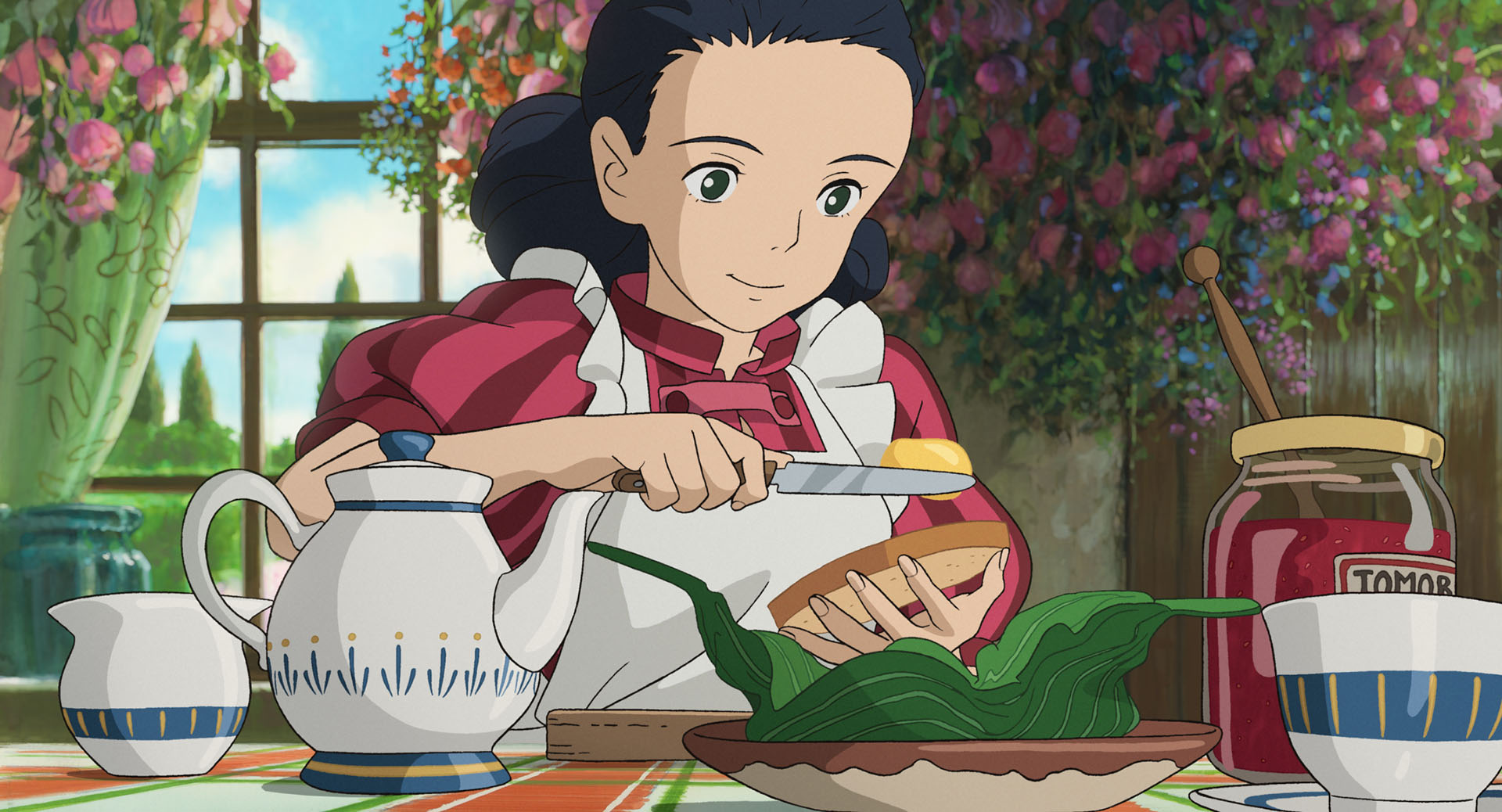
Participate In Discussions